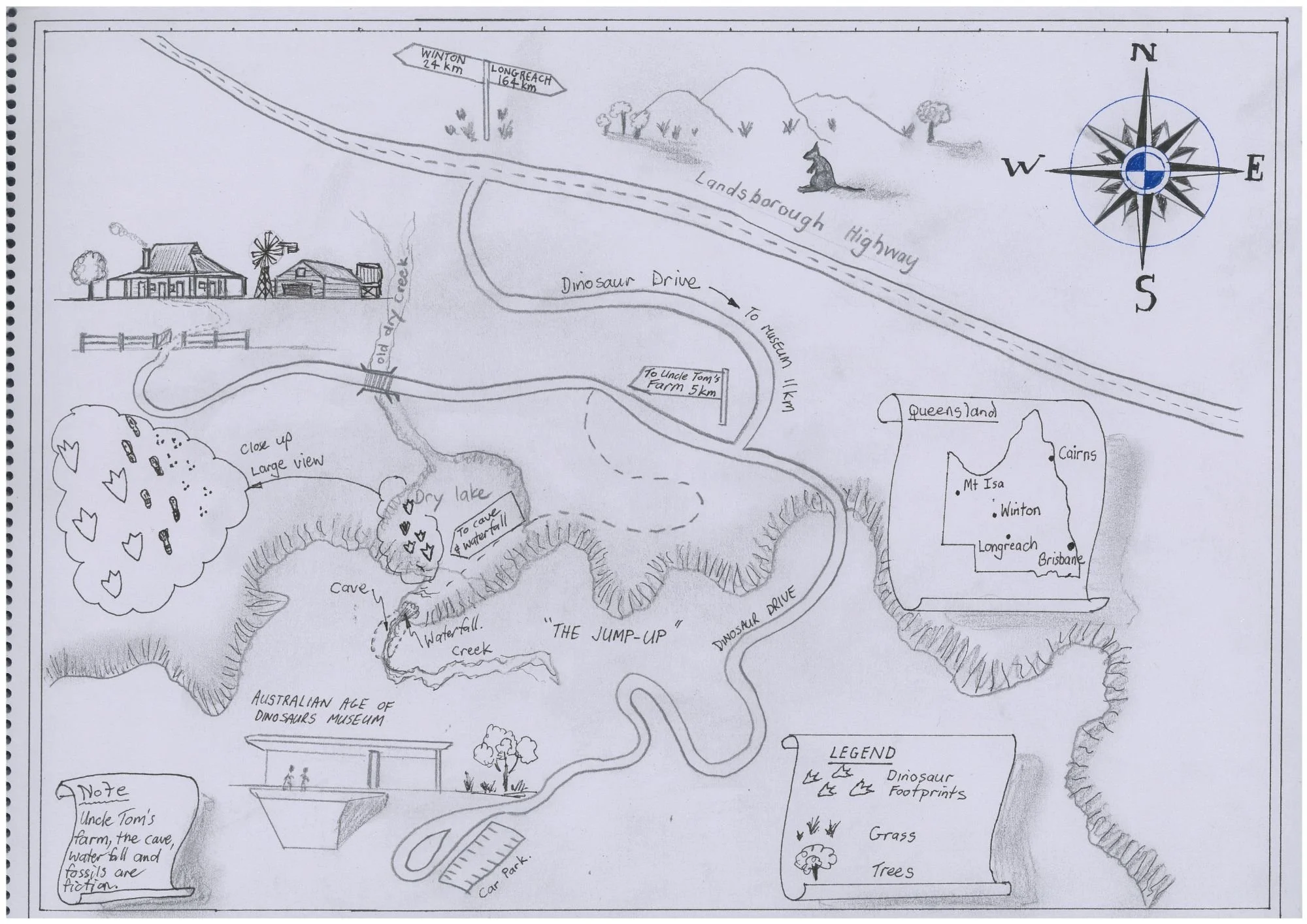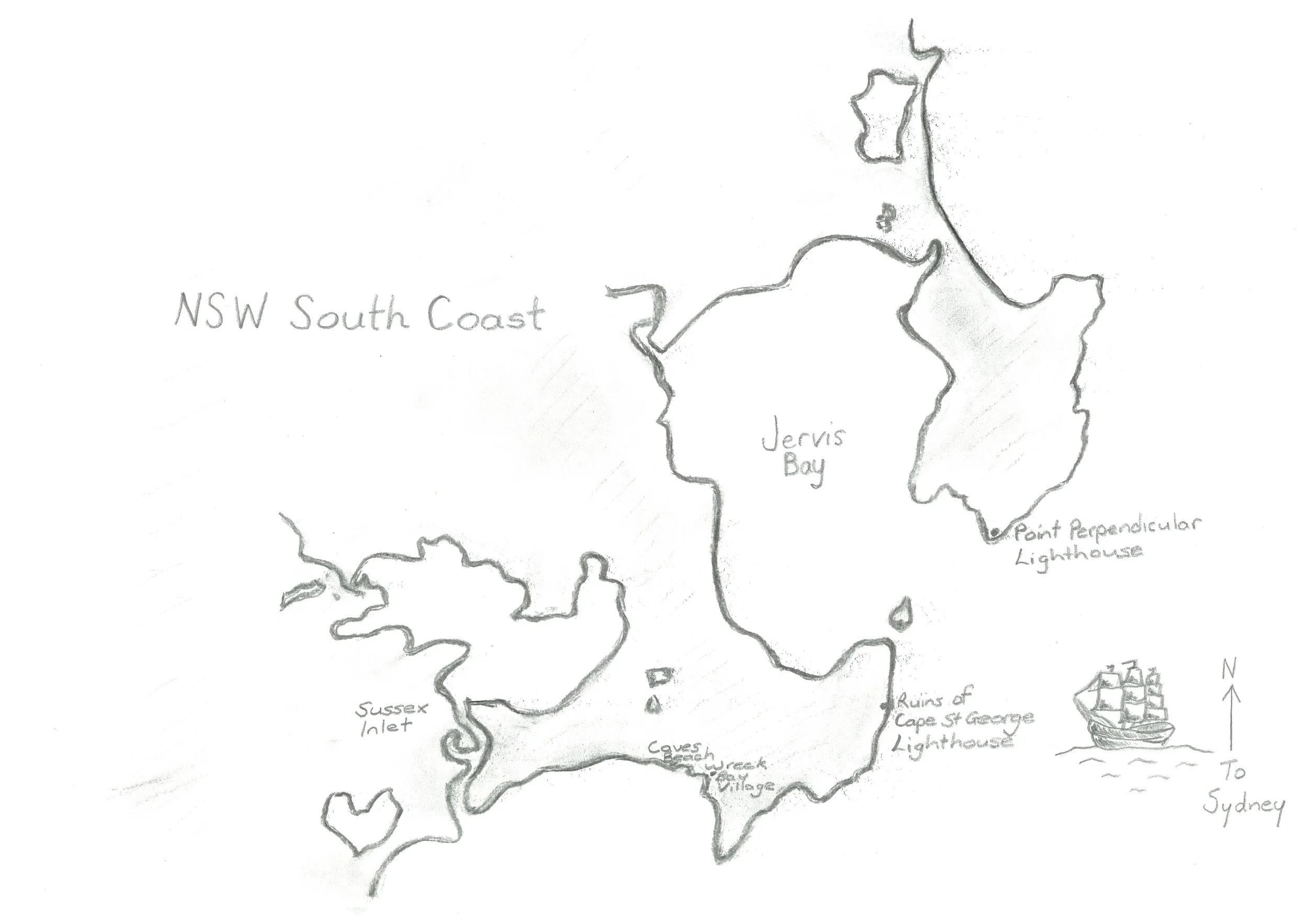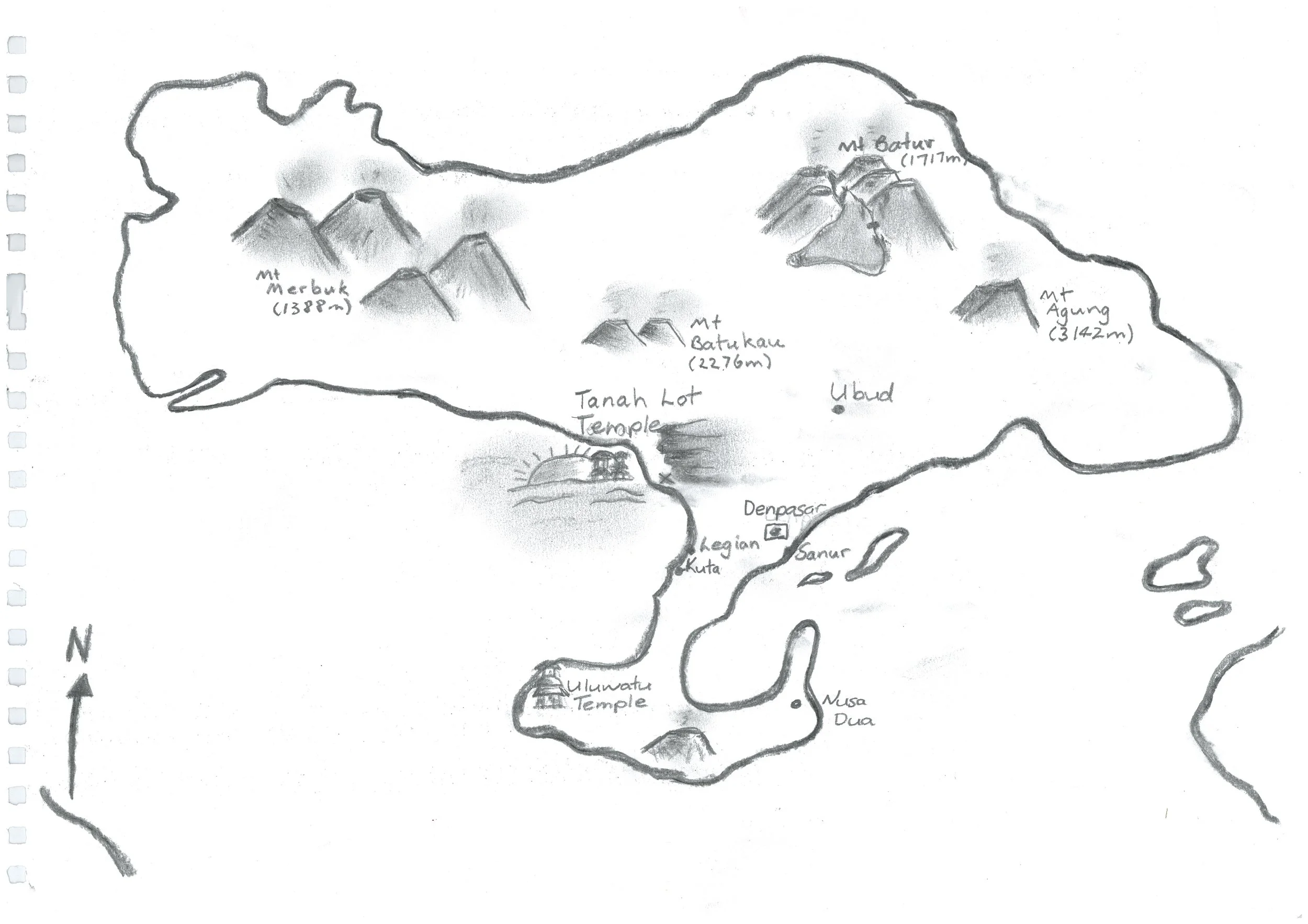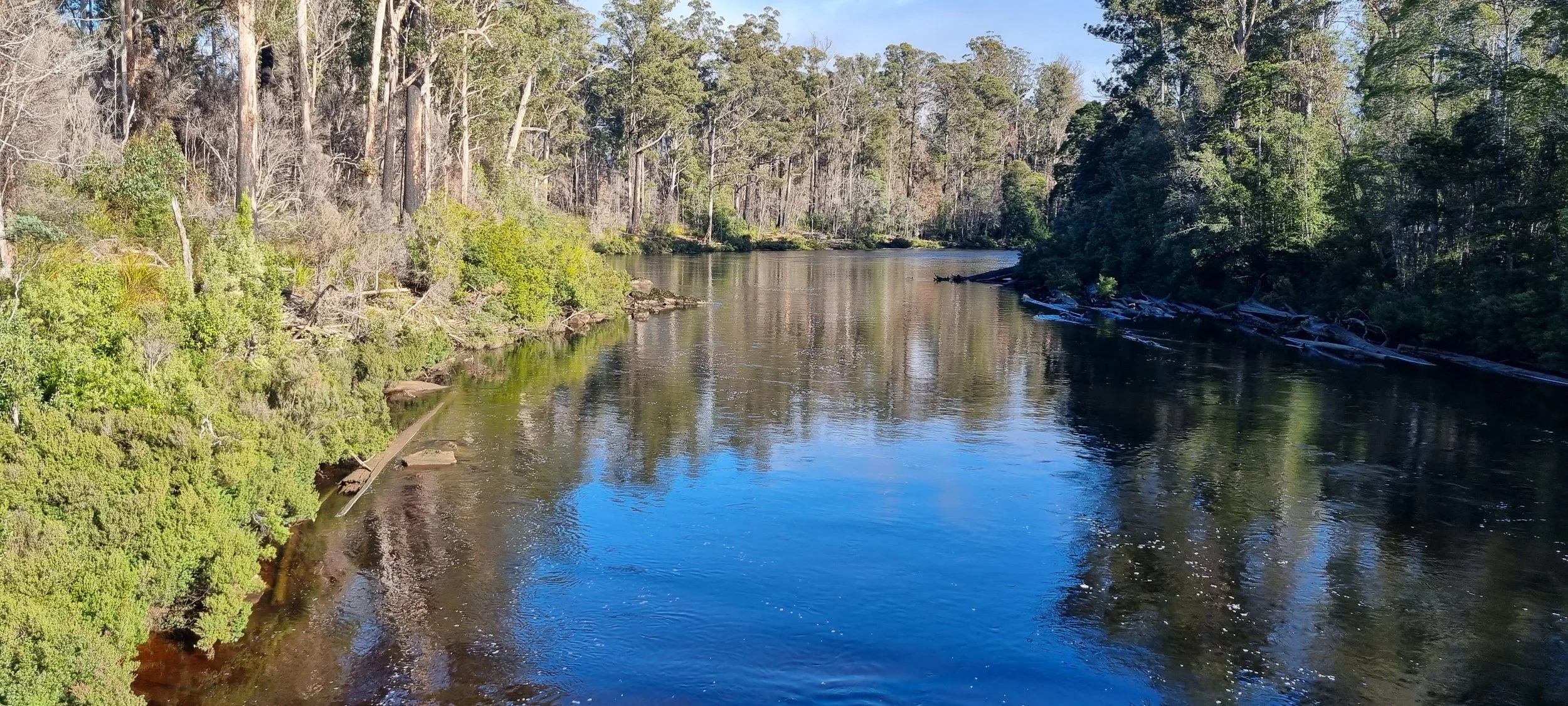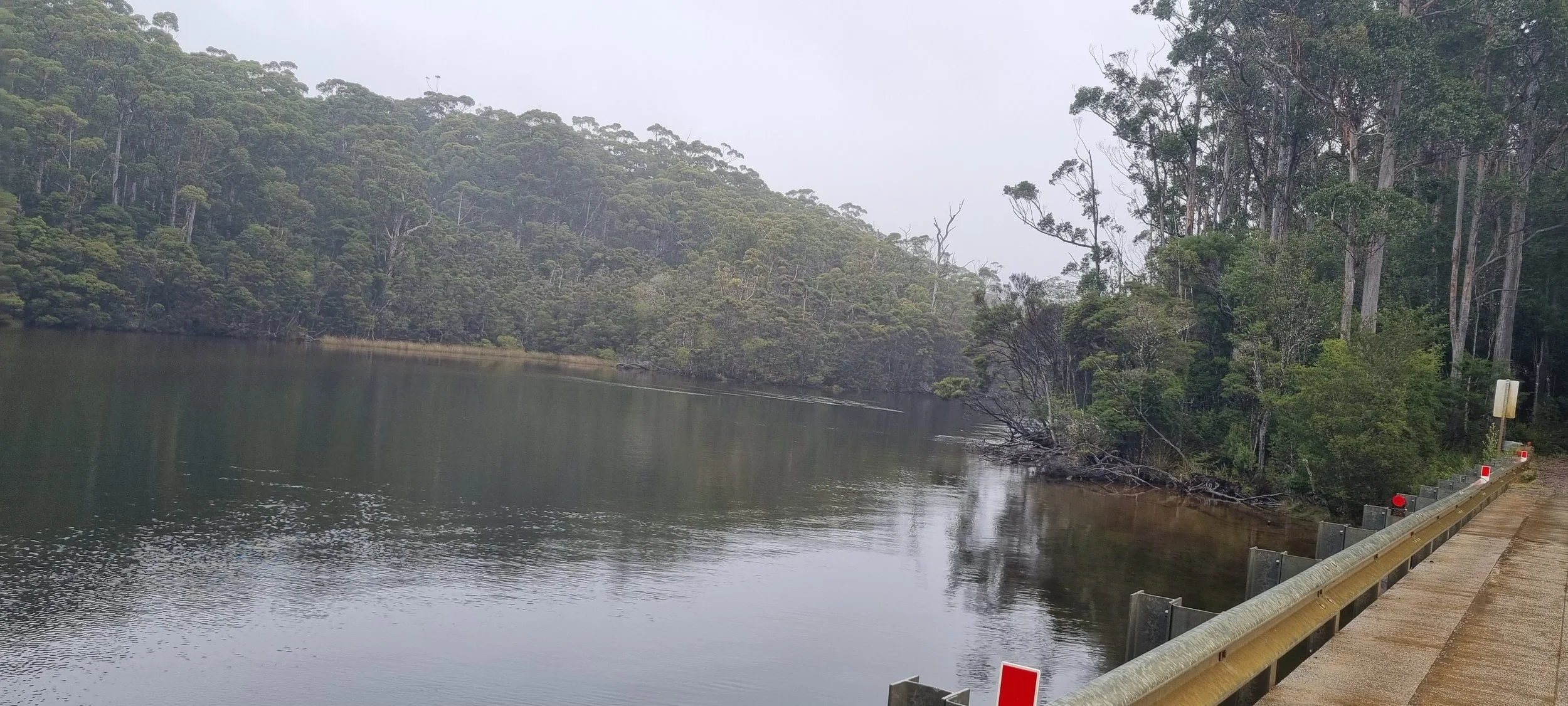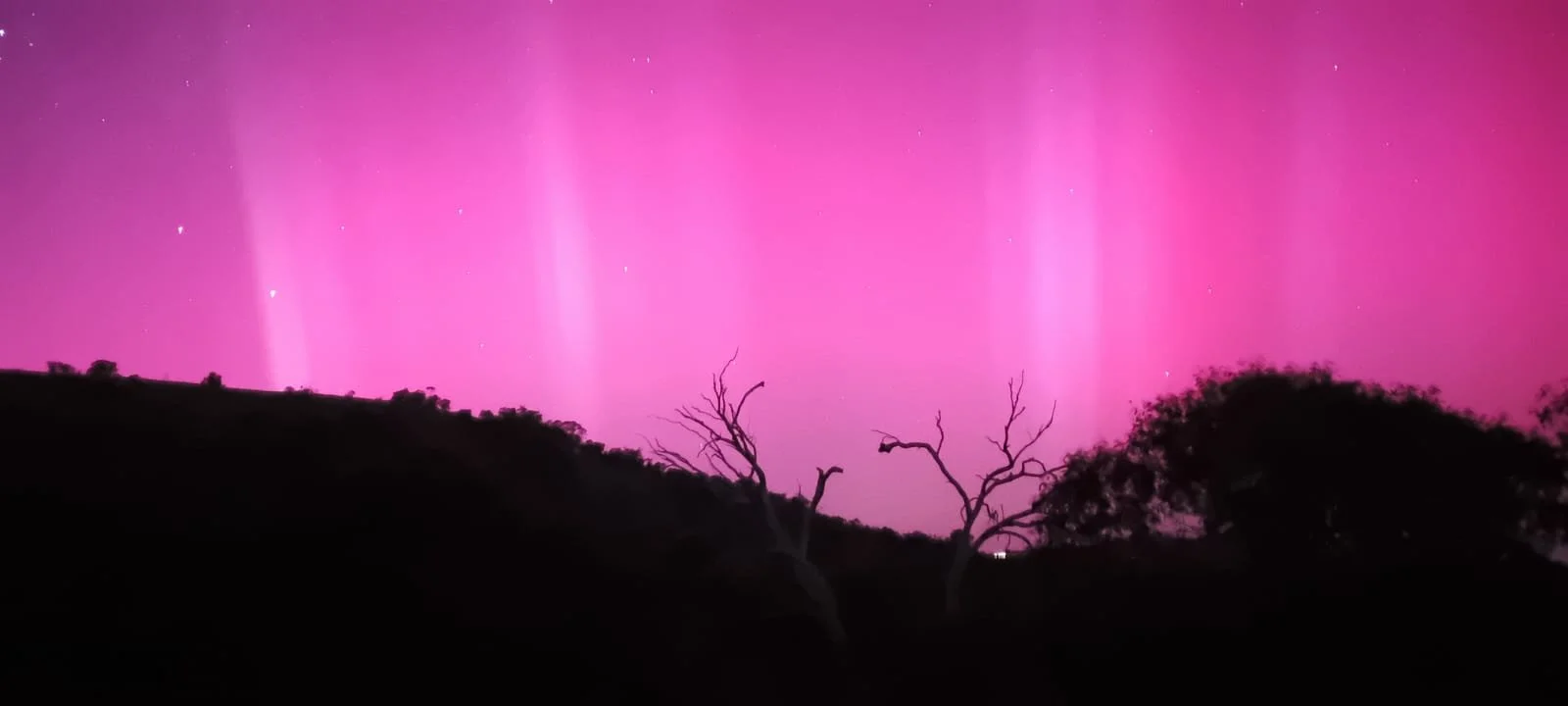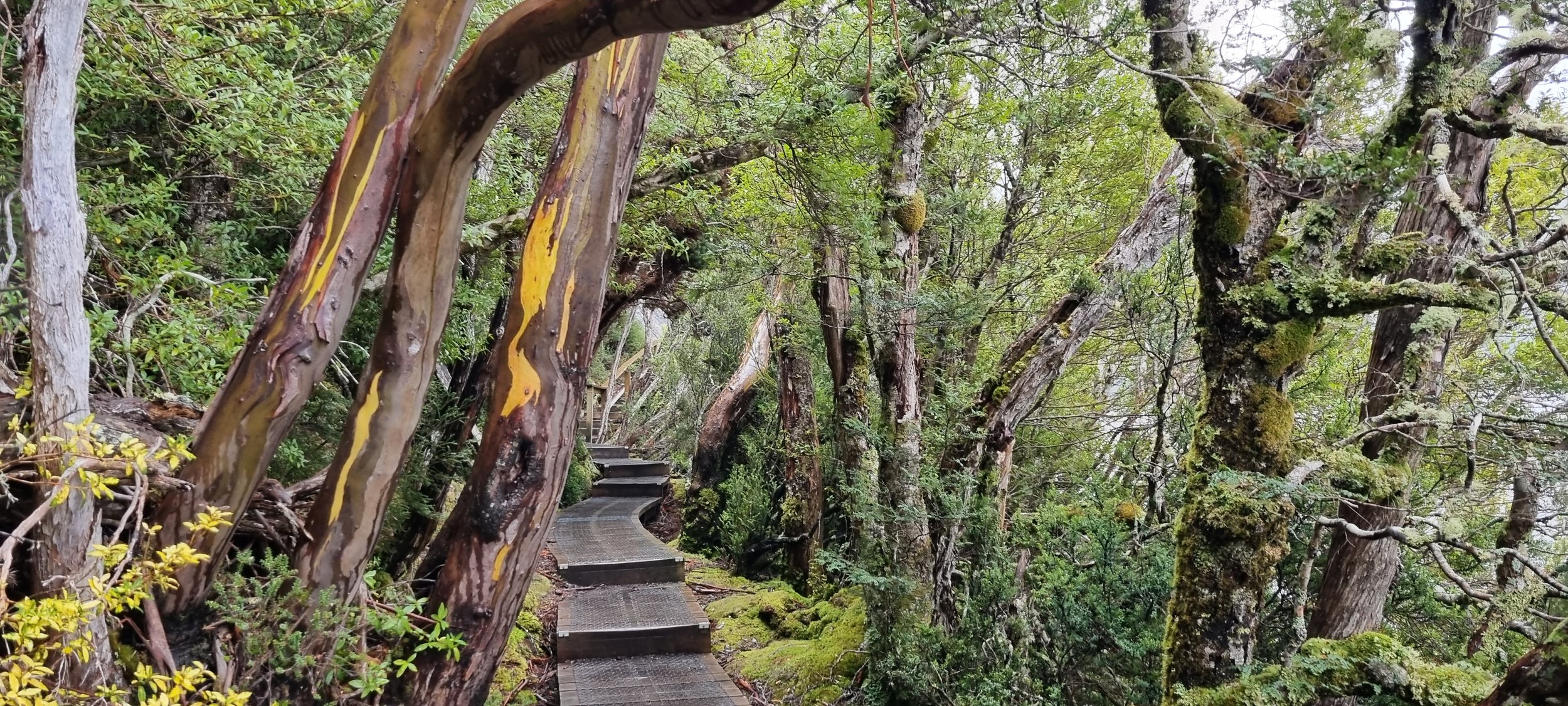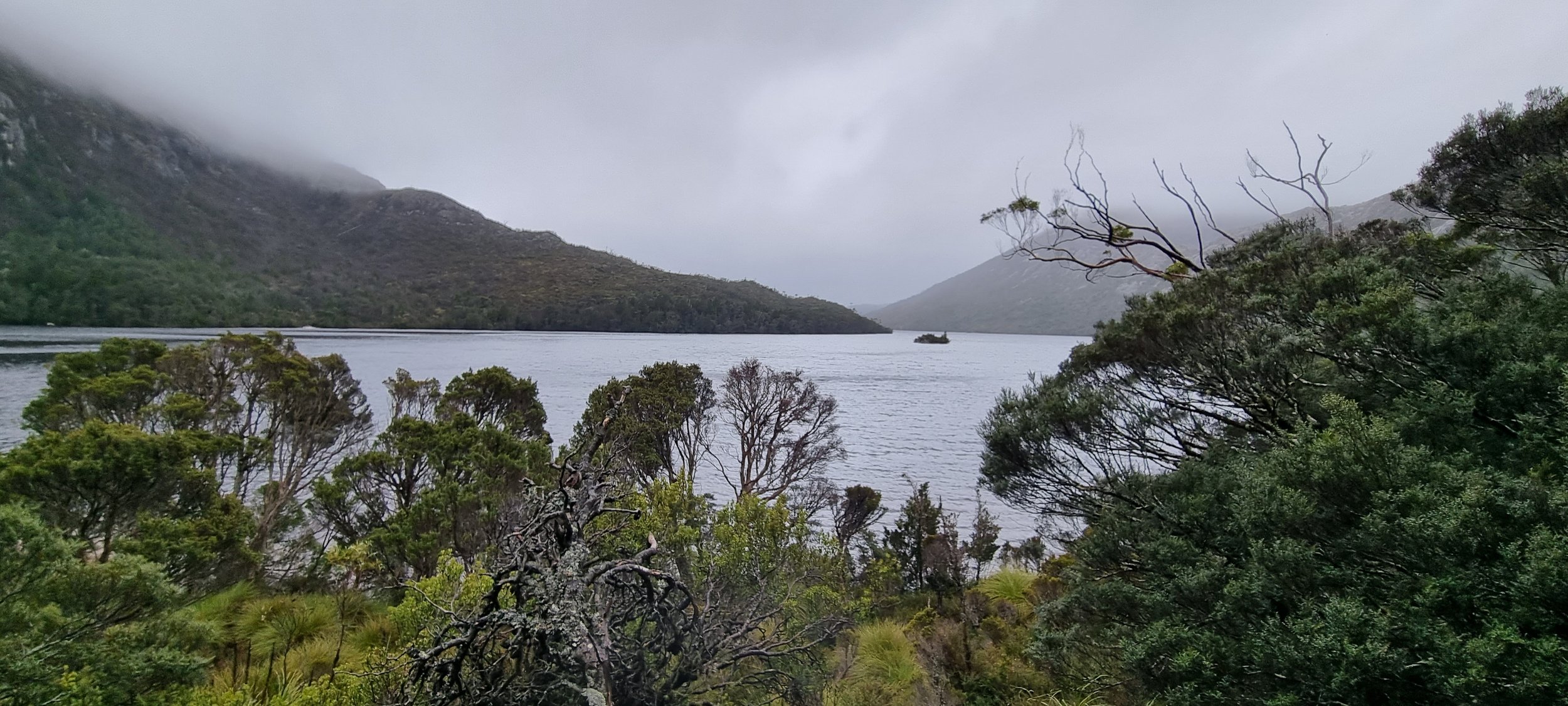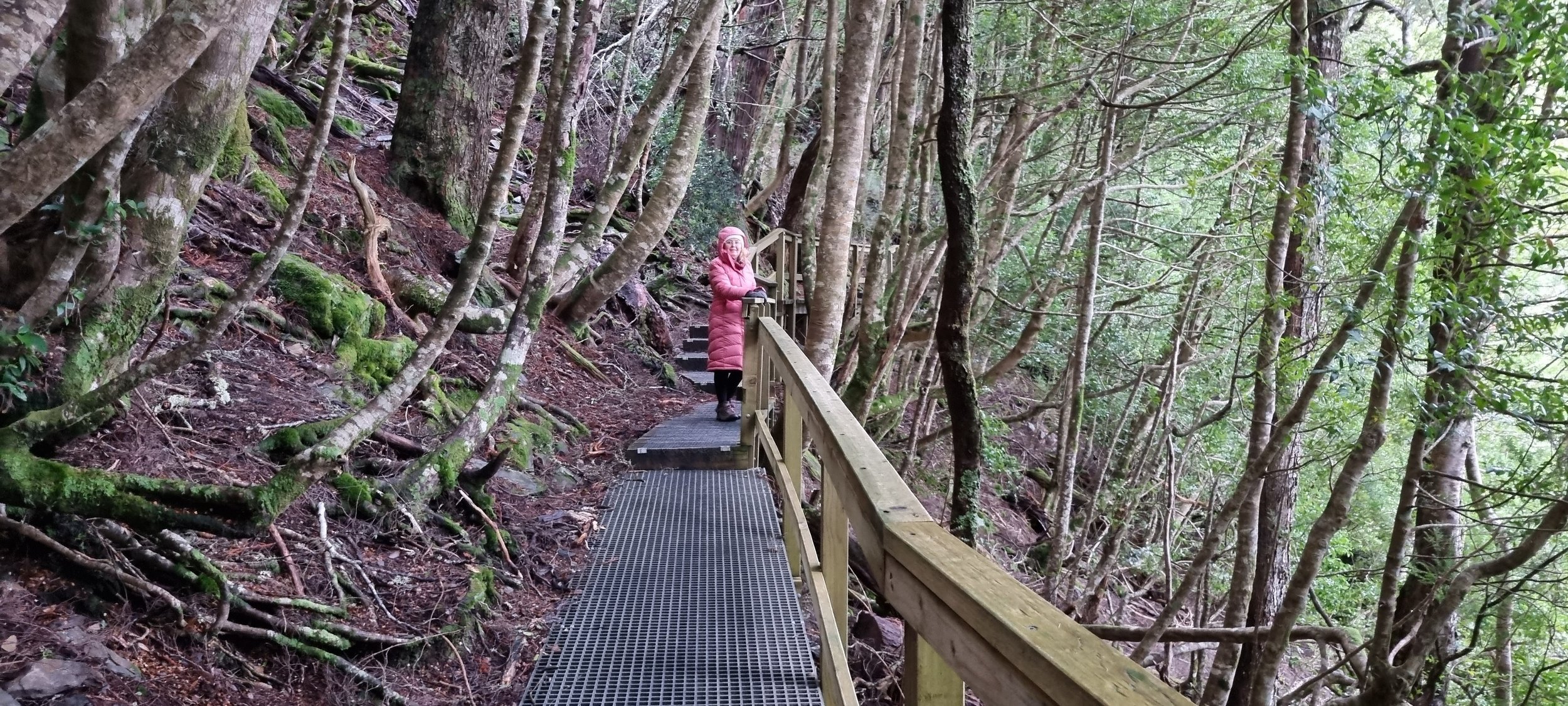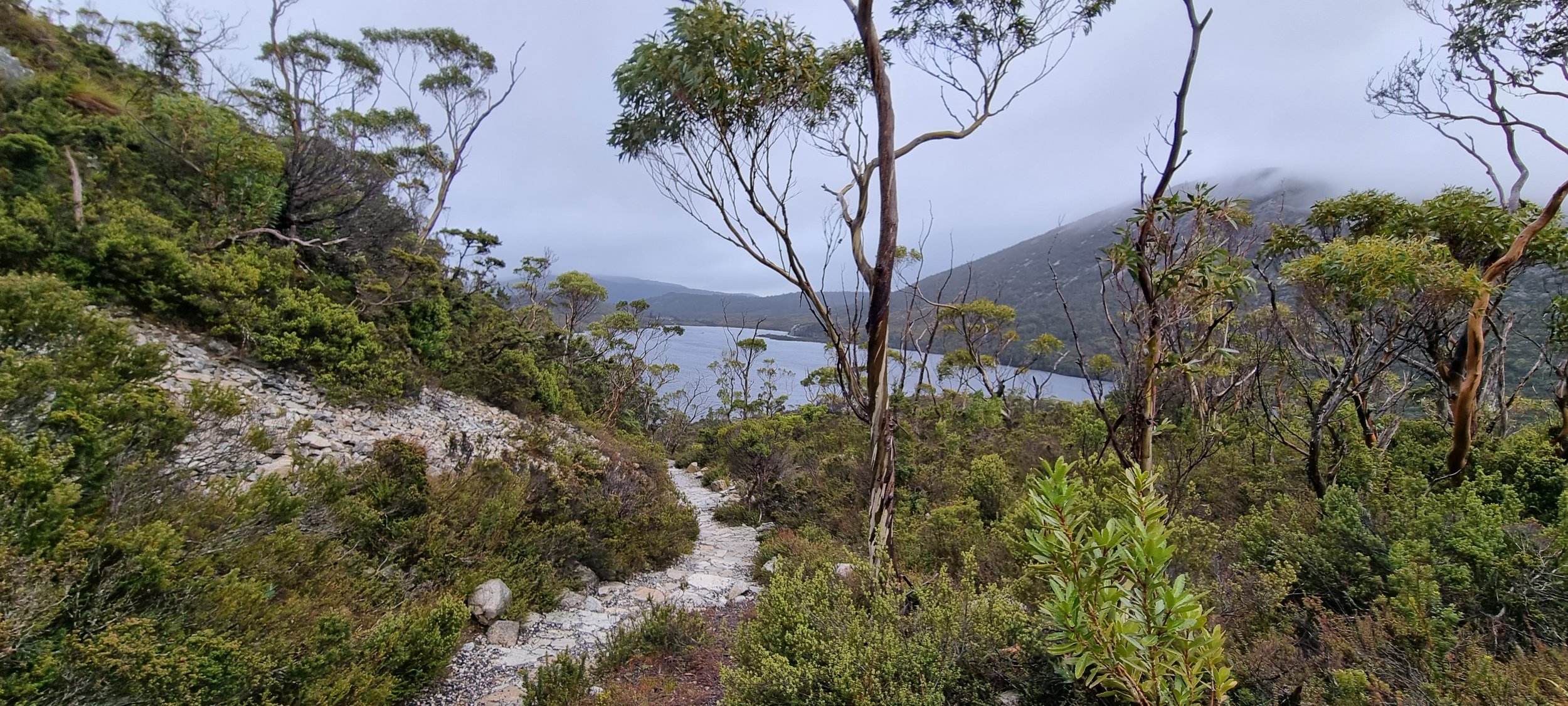CBCA Book Week is coming up this month. I am in the middle of planning my school visit to a local school. The theme this year is ‘Book an Adventure,’ which begs me to ask the question, Which fun adventure would you choose?
Most schools are most likely prepared for an author during Book Week this, but author visits are welcome anytime throughout the year.
If you could travel anywhere in the world for an exciting adventure, where would it be to? One of the great things about books, is that they can take you on thrilling adventures anywhere you like, while you stay in the comfort of your own home. Books can take you on adventures near and far, across time and space. Have you read an adventure that has been so good that it made you wish you could visit that place?
Over the years I have been fortunate to travel to many places within Australia and beyond, thanks to hubby and his work. Some of these adventures have made it into my books. Some are still ideas marinating in my head. Travelling allows for experiences that spark ideas for fabulous settings, interesting characters and intriguing plots.
So which would you choose?
Searching for endangered animals in southern Tasmania. - Tracks in the Mist
Discovering Australian Dinosaurs in outback Queensland. - Fossil Frenzy
Ghost hunting in an old ruined lighthouse.- -A Lighthouse in Time
Seeking pirate treasure in exotic Bali. - Secrets Hidden Below
Map of Tasmania with insert of detailed area around Cockle Creek Southern Wilderness National Park.
The region around Winton where the Age of Dinosaurs Museum sits atop a plateau.
The stormy seas off the coast of the NSW South coast where many tall ships were once wrecked.
The island of Bali in Indonesia, east of Java.
They were all great adventures for me that turned into exciting chapter books for kids. My favourite and the place I like to return to the most, is the fourth book in the series.
Would you like to have an adventure in the wilderness of southern Tasmania searching for endangered and possibly extinct animals? Many years ago, BC in fact, (Before Children) I once lived in Hobart Tasmania for six months due to hubby’s work. Ever since then I have wanted to write a story that would encapsulate the essence of this beautiful island state. Add to that an inkling of an idea that rummaged around in my mind after many drives down the mountain to the coast from our home just outside of Canberra and Tracks in the Mist became a quintessential Tasmanian story. I just needed to research the perfect location for the setting, which included my own adventure to the national park regions of Tasmania.
I had studied maps of possible locations for the setting and decided before we even arrived back in Tassie some 34 years later, that the Southern Wilderness area would be ideal. Once I witnessed it myself and experienced long, misty, cold walks among the tall trees, lush vegetation and watched the river flow deep into the unknown, I was convinced. I could imagine the siblings kayaking up the river in the quiet stillness of the morning completely unaware of the animals they would encounter and the events that were about to unfold.
Huon River, Southern Tasmania
Catamaran River, Southern Tasmania
‘The water was rather chilly as we waded far enough in to climb into the kayaks and began to paddle. No-one complained about the temperature, although I did notice Clare hesitated for a moment. You could see the pebbles and small fish beneath us in the clean, fresh water as we began each careful stroke, and I wondered hoe long it would take for my shoes to dry out. If I could see my toes, then I was sure they would have been blue. My teeth had begun to chatter uncontrollably. The morning sun filtered through the trees and still cast long shadows on the steep embankment and across the river. We paddled in silence for a while, carefully listening for any sign of life.’ - Tracks in the Mist The Adamson Adventures 4.
After writing Tracks in the Mist, and having completed all my research, my passion to see an Aurora Australis was ignited more than ever and I was so lucky to experience not one, but two epic southern lights displays . The first in Tasmania and the second from my own home, which made it even more amazing and spectacular.
Towards the ending of their grand adventure, the Adamson siblings are lucky to witness a beautiful colourful show of beaming lights as described below.
‘Beams of coloured lights grew stronger. Vibrant shades of green hues pulsated across the sky. We watched in awe and wonderment for ages. Dad took photo after photo on his phone camera. At one stage the southern lights stretched in a giant arc right across the night sky.’ Tracks in the Mist The Adamson Adventures 4.
As the kids said, it was ‘truly a mesmerising experience.’ Of course I now know, that it is harder to see the vibrant colours with the naked eye, the camera picks them up far more clearly, but it is possible.
Aurora Australis as we saw it in Tasmania. We could see the colours, but not quite this brightly, the camera has picked up the colours more vibrantly. Aug 2024.
As we live further north in NSW and closer to the Snowy Mountains, the Southern light did not appear as colourful as they did in Tasmania, but the pick hues were delightful, and the white beams shot towards the heavens like beacons. Oct 2024.
Have you ever experienced the wonderment of the Northern or Southern Lights? Is it perhaps on your list of things to see and do?
If you have read all four books in the Adamson Adventures, which one drew you in the most? Which one begs you to experience your own adventure in that location?
Are there any other adventure stories that you have read that made you want to visit that particular location ?
Happy adventures this Book Week and every week. Where might the next trail lead you to?





